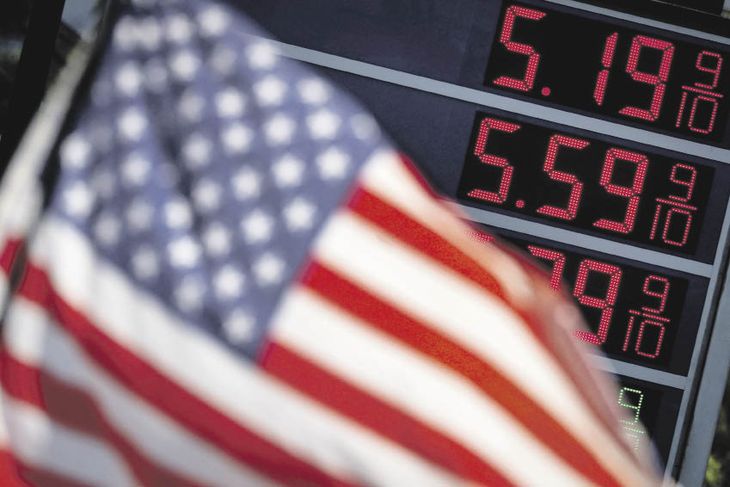As the horizon continues to darken, the risks are naturally to the downside and no scenario can be ruled out.
The slowdown in activity and the risk of stagflation are becoming clearer
First quarter growth figures were below expectations in most developed economies. In addition, the Eurozone’s GDP grew very weakly for the second consecutive quarter, with a decrease of even -0.2% in France. This was due to the drop in household consumption in a context of declining purchasing power. Activity also decreased in the United States, weighed down by foreign trade and the difficulties of the manufacturing sector to replenish its inventories. These figures are all the more worrying as the economic consequences of the war in Ukraine were beginning to make themselves felt.
Crisis markets.jpg
Money
Taking into account the acceleration of inflation, the deterioration of agents’ expectations and the tightening of global financial conditions, activity in the second quarter does not seem much better in the advanced economies, and considerably less favorable in the emerging ones. Although it is probably too early to say that the world economy has entered a stagflation regime, the signs are consistent with this view.
Commodity price pressures mount
Although commodity prices have stabilized recently, they remain at very high levels. For example, oil prices have not fallen below $98 since the start of the war, as fears of potential supply shortages remain high.
This context is favorable for exporters of raw materials, and more specifically oil. The only two upward revaluations of Coface refer to Brazil and Angola, and the sectoral reclassifications refer mainly to the energy sector of the producing countries, while the sectoral reductions are directed to the energy sector of the countries in which the companies are located. in the later stages of the production chain (mainly in Europe).
Similarly, industries whose value chain makes intensive use of energy in their production processes, such as paper, chemical products and metals, see their risks reassessed on the upside. Agri-food is one of the sectors with the highest number of sales this quarter, with almost all regions affected.
page16-USA-OIL-PROFITS-_opt.jpeg

SENSITIVE MOMENT. Fuel prices have increased by 60% in the last year in the United States, which reduces the consumption capacity of families.
Finally, Companies that had not fully passed through increases in their production costs into their sales prices are likely to continue to do so. Thus, price increases will continue in sectors with significant pricing power. This is the case in the pharmaceutical sector, where a small number of companies dominate the world market. Already identified as one of the most resilient, it is the only sector rated “low risk” in our barometer.
Central banks with both feet on the brake
The ECB progressively toughened its stance, following the example of the Fed and the Bank of England, to the point of announcing future rate hikes. Like the other major central banks (except the Bank of Japan), the ECB has no choice, within the strict framework of its mandate, but to significantly tighten its guard, even though this could trigger a brutal slowdown in activity and revive fears of a new European sovereign debt crisis.
In this environment of tightening credit conditions, the construction sector appears to be one of the most vulnerable. Rising borrowing costs are expected to affect the housing market and ultimately construction activity. This has started in the United States, where home sales are declining rapidly.
The clouds are gathering for 2023
With a rapidly deteriorating economic and financial environment, Coface downgraded 16 countries on the European continent, including all major economies – with the exception of Italy, already rated A4.
The general scenario gradually slows down. Growth forecasts are especially bad in advanced countries. There are many downside risks to the global economy, while the upside risk to inflation remains. To curb inflation, central banks seem tempted to push the economy into a recession, which they hope will be milder than if prices continue to fall, forcing them to apply a more violent monetary shock later. The risk, which cannot be ruled out, would be that demand falls and inflation remains high, as commodity prices struggle to decline due to chronic supply shortages.
Source: Ambito
David William is a talented author who has made a name for himself in the world of writing. He is a professional author who writes on a wide range of topics, from general interest to opinion news. David is currently working as a writer at 24 hours worlds where he brings his unique perspective and in-depth research to his articles, making them both informative and engaging.




